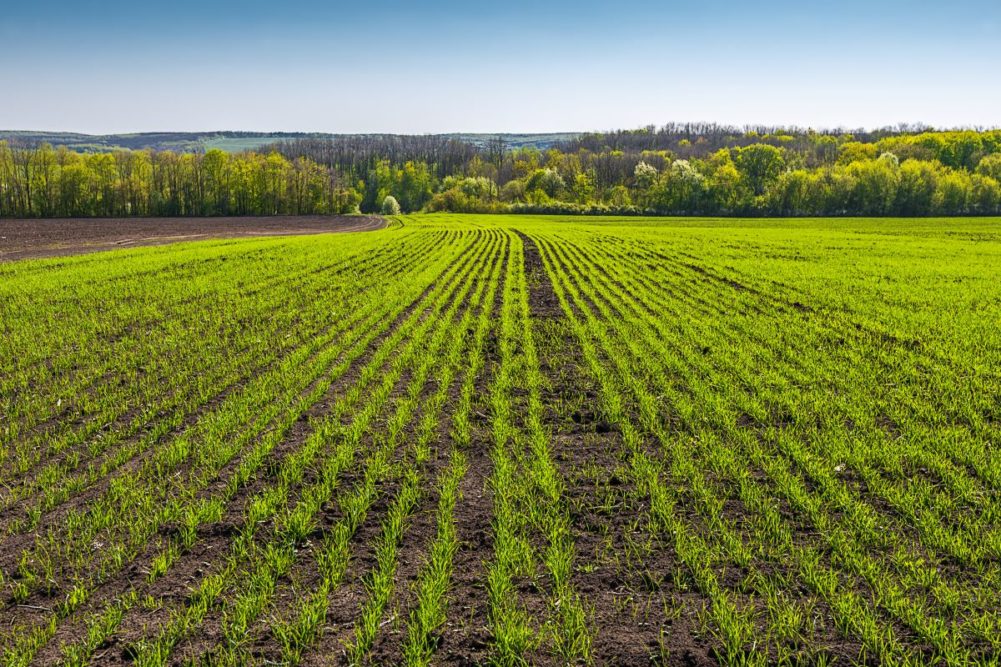WASHINGTON — Winter wheat conditions unexpectedly declined across most of hard red winter wheat country last week while wheat ratings in soft winter production states moved in mixed directions.
The US Department of Agriculture on April 1 resumed its weekly crop conditions update after the report’s winter hiatus. The aggregate winter wheat conditions rating for the 18 wheat growing states that seeded 89% of the 2023 acreage was 7% excellent, 49% good, 33% fair, 7% poor and 4% very poor. That marked an improvement from the final weekly progress report of 2023 released Nov. 27 in which the Department rated the crop 9% excellent, 41% good, 35% fair, 9% poor and 6% very poor.
In the central and southern Plains states where hard red winter wheat is the principally grown class, winter wheat in good-to-excellent condition on March 31 was 48% in Kansas (53% a week earlier), 73% in Oklahoma (70%), 44% in Texas (51%), 58% in Colorado (68%), 65% in Nebraska (66%), 47% in South Dakota (56%) and 57% in Montana (48%).
Traders expected improved conditions, which pressured wheat futures on April 1 before the report was issued after the futures markets closed.
In the Central States where the bulk of soft red winter wheat is produced, wheat in good-to-excellent condition by March 31 was 77% in Missouri (71% a week earlier), 64% in Illinois (75% a week earlier), 75% in Indiana (70% on Nov. 26), 67% in Ohio (80% on Nov. 26) and 56% in Michigan (46% on Nov. 26), the USDA said. Elsewhere in the soft winter wheat growing areas along the eastern seaboard, in the Mid-South, South and Southeast, the USDA’s good-to-excellent winter wheat ratings were 60% in Arkansas, 54% in Mississippi, 75% in Alabama, 71% in Georgia, 76% in South Carolina, 80% in North Carolina, 72% in Tennessee, 88% in Kentucky, 64% in Virginia, 43% in West Virginia, 77% in Maryland, 77% in Delaware, 80% in New Jersey and 60% in New York.
In the Pacific Northwest states where soft white winter is the dominant class grown, good-to-excellent conditions by March 31 were 58% in Idaho, 71% in Oregon and 51% in Washington, the USDA said.
In the same report, the Department said winter wheat across the 18 principal states was 4% headed compared with 5% a year earlier and 2% as the 2019-23 average for the date. Winter wheat headed was 20% in Texas (28% a year ago, 22% as the average), 20% in California (23%, 20%) and 10% in Arkansas (2%, 3%).




